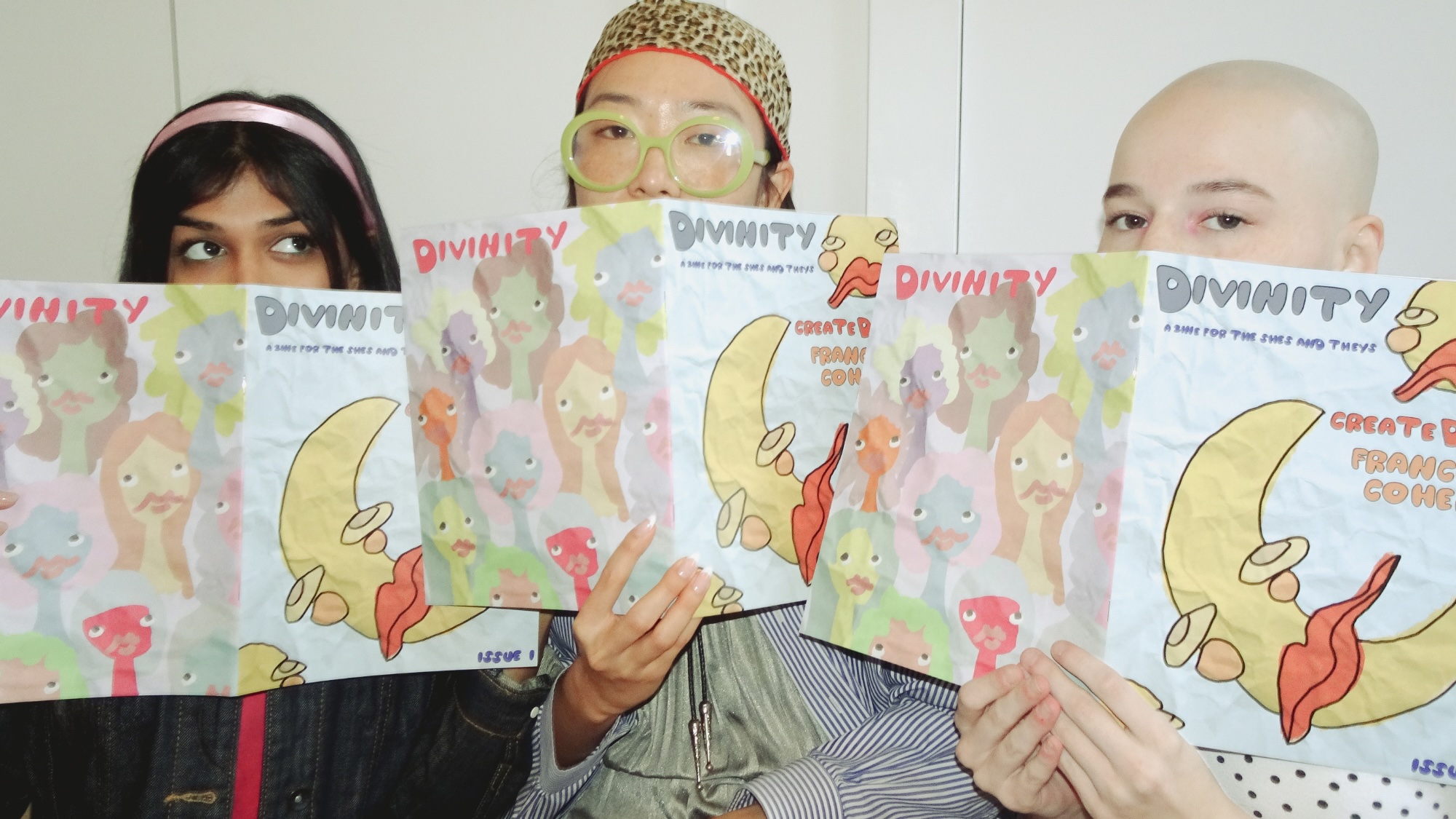Would you pay $1,000 to look like a goat?
The Maison Margiela Tabi boots have been turning heads since their debut in the late ‘80s. 30 years later, Parsons students can be seen strutting the halls sporting the “hooved” footwear.
The history of the split toe design goes back to 15th century Japan. Split toe socks, called “tabi,” were produced in Japan to be worn with traditional sandals that would fit right between the toes. This is where Margiela found the inspiration for his shoes. In 1988, Margiela revealed the Tabi boots to the world in his first show. He drenched his models in red paint, so the new footprint they left behind would be imprinted on the white catwalk.
Retailing at $965, the Tabi shoes have become a luxury fashion item. They’re available in a range of styles and colors that often fluctuate the price. Such as fluorescent yellow boots or glitter ballerina flats.
“Are they ugly? That, and its interpretation, is all in the beholder’s eye. And that concept is what gets to the heart of a Parsons student,” said Tim Stock, a professor who teaches a course on analyzing trends at Parsons.
“It’s not unexpected that Parsons students have taken to Tabi boots. They are, at the very basic level, conversation starters,” said Stock. “Yes, they are cloven hooves. There’s a fairytale, Guillermo del Toro-style storytelling aspect going on.”
According to Jamie Ross, a trend spotting professor at Parsons, the Tabi comeback is right on trend. “It is speculated that nostalgia peaks every 30 years for that prior timing, so in general, we are seeing a strong resurgence of ’80s/’90s elements,” said Ross.
Jane Ha, a 19-year-old fine arts major at Parsons, purchased the black Tabi boots about a year ago. “A lot of people don’t like them but the other half that do, love them,” said Ha. “I think its always been trendy, but I guess especially big at Parsons because it is an art school known for fashion and the students here all want to feel different and strive to go for a certain image,” she said.
Compared to other New York City universities, the students who attend Parsons tend to dress more with trends and fashion history in mind.
“I think Parsons kids always love a flex or trying to look the best at school, and Tabi boots are definitely a way to do that,” said Max Donahue, 20, a fashion design student. “The reason I wear them is to shock. It was so fun wearing them at a conservative family wedding — people thought I was insane.”

“People say they’re ugly because they don’t know what to think. They really are a shocking pair of shoes,” said Donahue. He purchased a pair of white men’s Tabis in July. “I wish the heel was higher, but my feet are too big for women’s.”
“Since these shoes are such a unique and unusual shape, I feel like people need to have an understanding of the artistic background of how they came about [to appreciate them],” said Minna Kim, 19, integrated design major.
Last year, five pairs of Tabi shoes were featured in the MoMA’s exhibit, “Is Fashion Modern?” confirming the design as a classic as well as bringing up the question: can these shoes be considered art?
“What makes the Tabi so appealing is that it marries both eastern and western cultures in terms of style, silhouette, materiality, etc. and I think this is what makes it a favorite among our diverse, international student body,” said Dimitri Koumbis, a trend spotting professor in Parsons fashion school.
“The style came from historical Japanese footwear, but I think Maison Margiela has appropriated it to a point where the design is more closely associated with the French fashion house,” said Donahue.
Ross clearly remembers when these were launched in the ‘80s, and as a student studying fashion, finding them oddly attractive. “Later, travelling with a very directional colleague in Europe, I remember seeing them again in mass, and noting to my colleague that I rather liked them, and her being disgusted. When I probed, she likened them to hooves and said they reminded her of ‘Animal Farm,’ and the merging of humans and animals,” said Ross.
Students who have them got the money for the boots in different ways. Ella Snyder, 19, a photography major and this reporter’s roommate, bought them with the money she received from a sponsorship for a video on her YouTube channel. “A skincare company sent me an email saying that they would pay me $1,100 to make a video about my skincare routine using their products. Immediately, when I saw that $1,100 price tag, I was like I can use that to buy Tabi boots.” Snyder got the black Tabi boots last week.
While other students saved up money over time from working different jobs, Ha used the money she saved up from a summer job. “I saved up enough money, but I was always hesitant to buy them just because they are so expensive. But one day, I felt like splurging, and I did it,” said Ha.
Kim has two pairs of Tabis. She saved money from her retail job for about three months to get each pair.
“If I had to sum up the attraction? They’re weird. And weird is good. They agitate questions, for which there is always a retort. — ’That’s so impractical.’ ‘Actually, the split is designed to promote more natural movement’,” said Stock.
Photo by Orlando Mendiola
Sammi Fisher is the former Editor-in-Cheif & Senior Editor of the New School Free Press. Prior, she spent a year as the Arts & Culture Editor.







